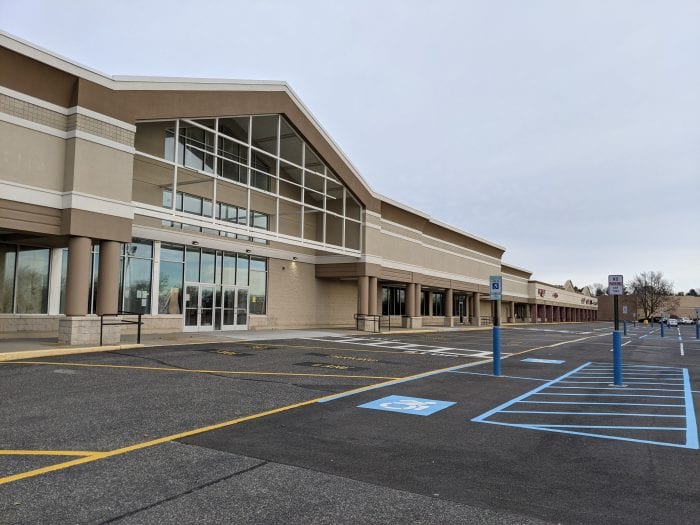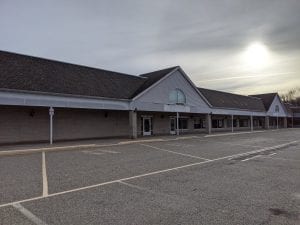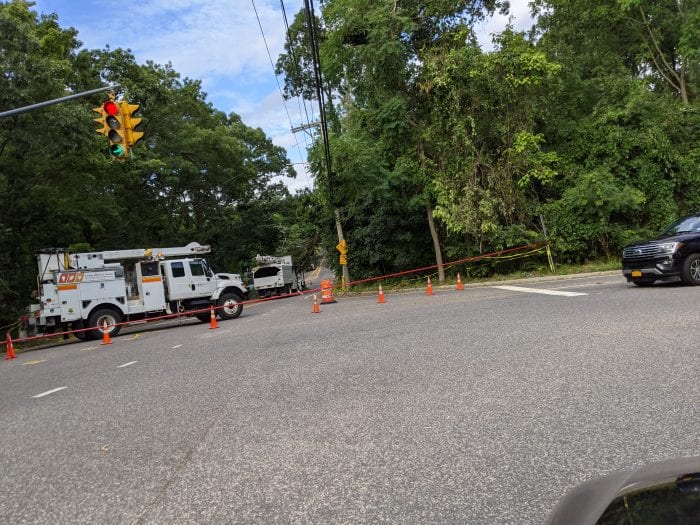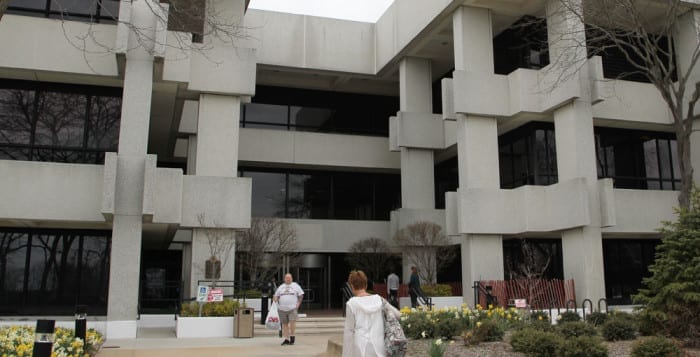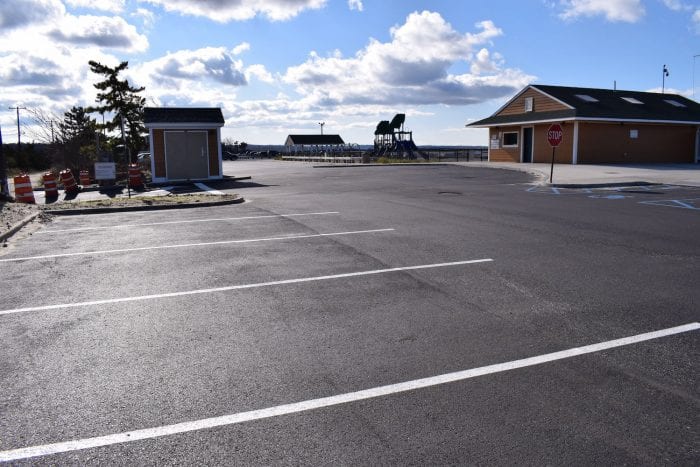By Chris Cumella
Updates on the Town of Smithtown’s upcoming master plan were at the forefront of discussions during the Town Board meeting held virtually Dec. 15.
The board and H2M Architects & Engineers collaborated during the meeting as a means of addressing the town’s Comprehensive Plan, a development project in the works of improving facilities, outdoor spaces and town amenities.
A draft of the Comprehensive Plan — a town infrastructure revival over several different areas in the vicinity — was presented by H2M planning representative Jeffrey Janota. He said it was “an enjoyable project, and I want to thank all the residents that came during the public outreach.”
He explained that the Comprehensive Plan was designed to revamp specific downtown areas of Suffolk County that the Town Board deemed necessary. Among those locations being considered in alignment with the Comprehensive Plan were Smithtown proper, Kings Park and St. James.
Those downtowns will be the main demographics for new placements of office spaces, increased retail stores and transit-oriented development, according to Janota. The necessity of reviving the downtown areas come in response to public opinion.
In downtown Smithtown, 34% of polltakers see the community as average, 32% below average and 17% thinking it is poor. Downtown Kings Park and downtown St. James saw similar results.
“The public came out and met with us, and want to make sure that their concerns are heard,” Janota said.
When presenting the topic of improving Smithtown’s mobility, a survey outreach was utilized again to receive direct answers from the community. A majority, 75% of those surveyed, said they wish to see improvement in biking and walking conditions. Other major factors in mobility improvement included adding more parking spaces, increasing streetscape amenities, better traffic signals and lights, and more.
As Janota recapped how the town could enhance existing park amenities, he suggested adding additional play elements such as jungle gyms and swing sets while maintaining the current ones to withstand upcoming brutal weather conditions. H2M’s statistics detail that 12% of Smithtown residents use the parks for the playgrounds and swings.
In addition to keeping the youth content, H2M would set their sights on attracting residents who use parks for outdoor recreational activities by improving pathway quality and building new ones. Their data tells that a larger portion of citizens, 17%, make up those who use the parks for walking and running for exercise.
Based on a New York State recreation guide survey, the Town Board’s greatest number of requests were directed toward the need for expanded and modernized amenities along with revamped facilities in parks, such as parking and restrooms.
As well as preserving the existing parks, H2M unveiled their plans to create new ones, and presented a map of five scattered pinpoints soon to be outdoor spaces. On the list were proposed parks at Half Hollow Road in Commack; Donald Drive and Hillside-Gramercy Gardens in Kings Park; also 3rd Street and Astor Avenue in St. James.
Town Supervisor Ed Wehrheim (R) encouraged Smithtown residents to be active in their board meetings by responding to the board’s outreach programs when possible.



